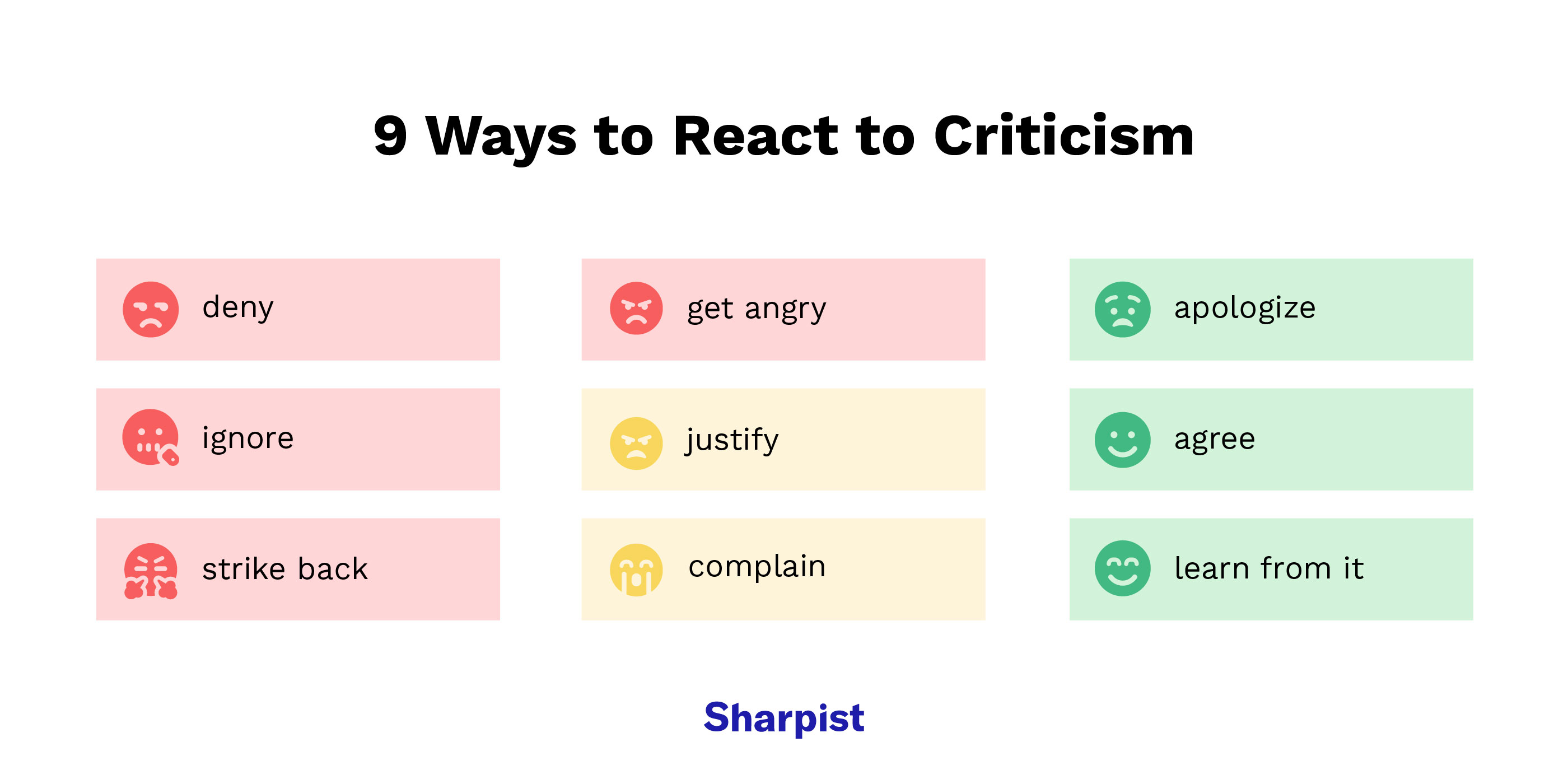The topic in a nutshell
What is Constructive Feedback?
Constructive feedback is appreciative communication that aims to improve behavior, performance, or ways of working while fostering personal and professional development. It focuses on concrete observations while simultaneously offering practical solutions. It follows four fundamental principles:
Constructive feedback creates an atmosphere of trust and continuous development. It is an essential leadership tool that sustainably strengthens both individual performance and team dynamics.

What Functions Does Feedback Serve in the Workplace?
Constructive feedback fulfills four central functions in daily work that are crucial for the success of teams and organizations. Performance improvement stands at the center: through targeted feedback, employees can build on their strengths and systematically address weaknesses. The development and learning function enables people to acquire new skills and deepen existing competencies.
At the same time, constructive feedback acts as a powerful motivator, expressing appreciation and showing clear development perspectives. The social function should not be underestimated either: it helps clarify misunderstandings, resolve conflicts early, and strengthen trust between colleagues and supervisors. An established feedback culture contributes significantly to a positive company culture and demonstrably increases employee retention, as people feel seen in their workplace and supported in their development.
Concrete Examples of Constructive Feedback
Recognizing and Avoiding Destructive Feedback
Giving destructive feedback does more harm than good and can have long-term negative impacts on motivation, self-esteem, and the entire work climate. It is characterized by personal attacks, generalizations like "always" or "never," lack of specificity, and missing solution proposals. Common warning signs are emotionally charged language, you-statements with accusatory character, and feedback that criticizes the person rather than the behavior.
The causes of destructive feedback are varied: stress and time pressure lead to unconsidered reactions, lack of training in communication techniques, or emotional reactions after disappointments. Particularly problematic is that destructive feedback often happens unconsciously—many leaders mean well but don't know how to convey their message constructively. The consequences are serious: employees withdraw, misconduct is not corrected, creativity decreases, and trust in leadership wanes. Professional coaching programs help recognize these patterns and replace them with constructive alternatives.

10 Rules for Constructive Feedback
These 10 proven rules help HR teams systematically convey feedback know-how to their leaders and establish a constructive conversation culture organization-wide. Each rule is based on psychological insights and practical coaching experience and can be immediately implemented in daily work.

The systematic application of these feedback rules requires practice and reflection. Sharpist supports leaders in developing and deepening these essential communication skills through 1:1 coaching sessions and practice-oriented micro-tasks.
Effective Feedback Methods
Choosing the right feedback method significantly determines the success of organization-wide feedback initiatives. HR teams must provide various approaches—from structured techniques for difficult conversations to future-oriented methods for development planning. The following proven methods offer HR professionals a systematic framework to convey structured feedback techniques to their leaders and establish even complex messages organization-wide in a respectful and impactful way.
Sandwich Method
The sandwich method follows the pattern Praise-Criticism-Praise and is one of the best-known feedback techniques. Critical feedback is "wrapped" between two positive comments. Although this method is widespread, practical experience shows significant disadvantages: the actual message is often diluted, as recipients focus mainly on the positive aspects. Additionally, the concluding praise frequently seems insincere and constructed.
Many employees develop a "sandwich expectation" over time and become nervous as soon as they hear praise because they automatically wait for subsequent criticism. It's more effective to give positive and development-oriented feedback separately—each with the attention it deserves. This way, both recognition and improvement suggestions remain authentic and impactful.

WWW Method
The WWW method (Perception-Impact-Wish) offers a structured and respectful approach to constructive feedback.
This method creates clarity, avoids attacks, and opens space for constructive solutions.
DESC Method
The DESC method (Describe-Express-Specify-Consequences) is particularly suitable for difficult conversations and conflict-laden situations.
This systematic approach helps tackle even emotionally charged topics in a structured way and appropriately considers both emotional and factual levels. The method is particularly valuable for repeated problems or when clear expectations must be communicated.

COIN Method
The COIN method (Context-Observation-Impact-Next) is a modern, leadership-oriented feedback structure particularly suited for development conversations.
This method is future-oriented and excellently suited for leaders who want to act systematically and develop their employees. It combines clear structure with a collaborative approach and promotes self-directed learning.

360-Degree Feedback
360-degree feedback systematically collects input from various stakeholders—supervisors, colleagues, employees, and sometimes customers. This comprehensive perspective provides a complete picture of a person's strengths and development areas. Implementation requires careful planning: anonymous survey tools, clear communication about the purpose, and professional evaluation of results.
The benefit for organizations is significant: more objective assessments, identification of blind spots, and data-driven development planning. This method is particularly valuable for leadership development, as it reflects different leadership levels and situations. Professional follow-up on results is important so that concrete development measures emerge from the insights.

Feedforward Method
The feedforward method focuses on future possibilities rather than past mistakes. Instead of analyzing what went wrong, it focuses on how a situation can be handled better next time. This future-oriented approach is less threatening and more motivating, as it emphasizes development potential rather than deficits.
The method is particularly suitable for creative teams, innovation projects, or situations where courage for new approaches is needed. It creates a positive atmosphere and encourages experimental learning, which is especially valuable in rapidly changing work environments.
Receiving Constructive Feedback: How It Helps in Working on Your Own Growth
Receiving feedback is often emotionally challenging—even when it's constructively intended. HR teams should train their leaders to develop professional distance and emotional detachment and view feedback as valuable development opportunities. Successful team leaders are characterized by actively seeking constructive feedback and systematically using it for their growth.
Train them to avoid defensive reactions and instead listen attentively and ask clarifying questions. This attitude signals professionalism and development readiness throughout your organization. Professional coaches support HR teams in systematically developing this reflective capacity and extracting maximum organizational value from every piece of feedback.

Develop your leaders' reflective capacity with professional coaches at Sharpist.
Systematically Develop Feedback Competency—with Sharpist
The systematic development of feedback competencies at the organizational level is one of the greatest challenges for HR teams and L&D leaders in modern organizations. While most people intuitively understand that constructive feedback is important, they often lack the practical skills and confidence to conduct difficult conversations confidently.
Traditional training approaches and rigid course programs fall short here, as they mostly convey theoretical knowledge but offer little room for individual practice and reflection. Sharpist revolutionizes leadership development through digital coaching content that combines 1:1 video coaching with over 2,000 practice-oriented micro-tasks. This unique methodology enables building feedback competency systematically and sustainably—with measurable results for individuals and organizations.

Tailored Development for Sustainable Results
Sharpist offers specific focus areas for communication and feedback, tailored to each leader's individual challenges. The coaching program includes practical exercises on difficult conversations, conflict resolution, and developing a constructive feedback culture in teams. Through the combination of personal coaching with certified coaches and continuous learning between sessions, participants develop not just theoretical knowledge but genuine action competency.
The success statistics speak for themselves: 99 % satisfaction with coach sessions, 97 % successful coach matching on the first try, and measurable leadership competency improvements of up to 18 %.
FAQ
Why is constructive feedback important?
Constructive feedback is essential for personal and professional development, as it specifically reinforces strengths and highlights improvement potential. It creates transparency about expectations and performance, leading to higher motivation and better collaboration. Studies show that teams with regular constructive feedback are up to 15% more productive and have significantly higher employee retention. Without feedback, potential remains untapped, problems unsolved, and employees don't develop further. Constructive feedback functions as a catalyst for continuous learning and innovation in organizations.
What is good feedback?
Good feedback is specific, timely, and behavior-oriented. It describes concrete observations rather than vague impressions, is given promptly after the relevant situation, and focuses on changeable behaviors rather than personality traits. Additionally, it's balanced—acknowledging strengths and identifying development areas equally. Good feedback is also solution-oriented and offers concrete action recommendations or develops them collaboratively. It's formulated using I-statements and creates dialogue rather than monologue. The intention should always be to help and develop, not to judge or demotivate.
How can constructive feedback be used as a leadership tool?
As a leadership tool, constructive feedback serves the strategic development of employees and teams. Leaders can use it preventively by reinforcing desired behavior before problems arise. Regular feedback conversations enable continuous performance optimization and creation of individual development plans. Particularly valuable is the combination of spontaneous feedback in daily work and structured development conversations.
Why is a strong feedback culture so important in companies?
An established feedback culture is the foundation for organizational learning and continuous improvement. It promotes transparency, reduces conflicts, and creates an environment where all employees feel safe to express ideas and view mistakes as learning opportunities. Companies with strong feedback cultures demonstrably have higher innovation rates, better customer satisfaction, and lower turnover. It enables early problem identification and agile response. Such a culture doesn't emerge on its own but must be systematically developed and modeled by leadership. Sharpist supports organizations in successfully shaping this cultural transformation.
How often should feedback be given?
Feedback should be given continuously and situationally, not just in formal annual reviews. Ideally, positive feedback occurs immediately after observed desired behavior, while constructive criticism is given promptly but in a calm moment. For most roles, a rhythm of spontaneous feedback in daily work, brief weekly check-ins, and structured monthly or quarterly development conversations works well. Frequency depends on employee experience: new team members need more frequent feedback than experienced colleagues. Consistency and balance between too little and too much feedback are important to avoid overwhelm.
What to do when feedback isn't accepted?
Resistance to feedback is often a sign that the delivery method or timing wasn't optimal. First, reflect on whether your feedback met the basic rules of constructive communication. Sometimes emotional or personal factors are at play that need to be addressed first. In persistent cases, it may be useful to involve a neutral third party or document the feedback in writing. Professional coaching support helps successfully master even difficult feedback situations and create a trusting conversational foundation.





.png)


.svg)



%20(1).png)


